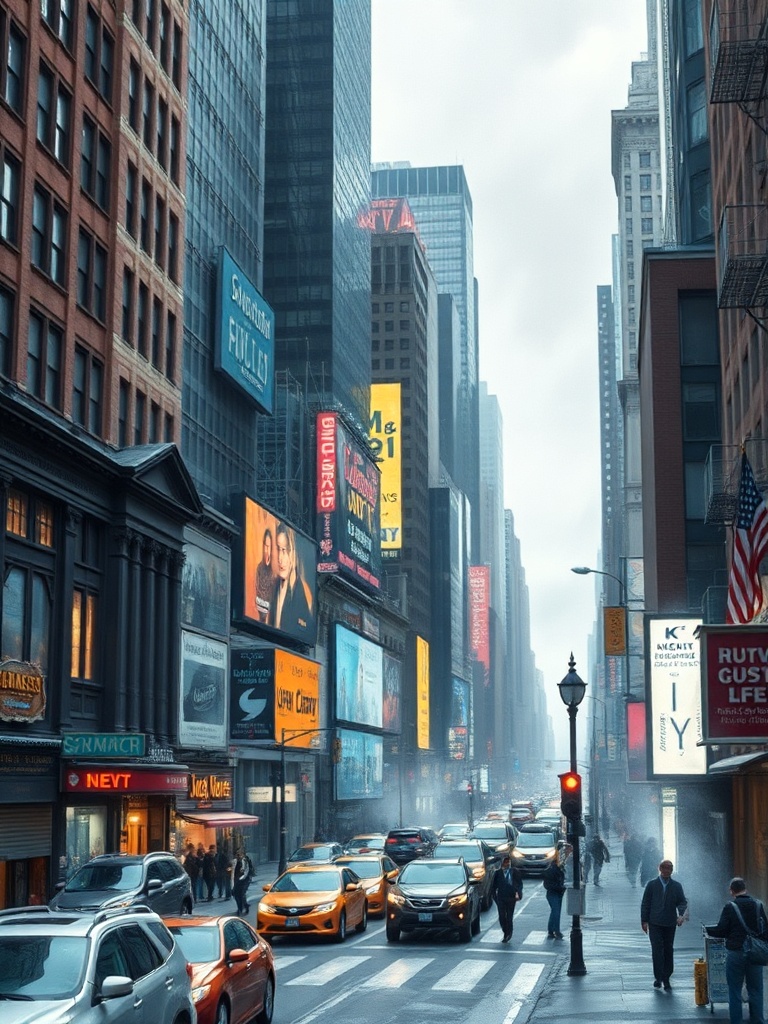New York City’s waterfront has quietly become one of the best ways to experience the city: a mix of green space, public art, active recreation, and thoughtful resilience projects that make the shoreline both beautiful and usable. Whether you’re a local looking for a weekend escape or a visitor plotting a scenic day, the waterfront offers something fresh every season.
Where to go and what to do
– Hudson River Greenway: Stretching along Manhattan’s west side, this continuous bike-and-ped path is the city’s longest waterfront route. It’s ideal for a sunrise run, a long bike ride to the northern end, or stopping at piers for skyline views and food vendors.
– Brooklyn Bridge Park: Iconic skyline vistas, lawns for picnics, playgrounds for kids, and waterfront sports courts. Bring a blanket and stay for sunset photography.
– East River Esplanade and South Street Seaport area: Great for strolling, river-watching, and catching ferries.
The nearby piers host markets, live music, and pop-up dining.
– Little Island and Pier Parks: Unique pier-based parks combine sculptural landscaping with performance programming. They’re perfect for a contemplative walk or catching outdoor shows.
– Governors Island: A short ferry ride gives you miles of car-free paths, public art, bike rentals, and seasonal events. It’s a favorite for family days and casual biking.
– Kayaking and boating: Free and low-cost kayak programs operate at several piers; you can also book guided cruises or rent a small sailboat if you want a more immersive water experience.
Practical tips for a great waterfront day
– Get there smart: Ferries, bike-share, and public transit often beat car parking. Use contactless fare options or the official transit apps for smoother access.
– Check accessibility: Many piers and parks offer ADA-friendly ramps and services, but ferry accessibility and certain performance venues may require advance planning.
– Pack for the weather: Waterfronts can be windier and cooler than inland streets. Layers, sunscreen, and a light windbreaker extend comfort into evenings.
– Safety and rules: Observe posted rules for swimming (most piers prohibit it), keep dogs on leash where required, and follow guidance for bike lanes and pedestrian zones.
– Eat local: Waterfront neighborhoods are hotspots for food vendors, outdoor cafés, and seasonal markets—perfect for casual dining or a picnic on the grass.

Why the waterfront matters
City planners and communities have been focusing on making the shoreline more resilient and connected. You’ll notice design features that protect against flooding while creating welcoming public space—living shorelines, raised promenades, and parks designed to absorb stormwater. These efforts make the waterfront safer and more useful, while keeping nature closer to neighborhoods that previously had limited green access.
Events and culture
Waterfront venues frequently host concerts, outdoor films, art installations, and fitness classes.
Sign up for newsletters from park conservancies and ferry operators to catch ticketed performances and free programming. Early arrival gives you better seating for popular events.
A simple itinerary for a half-day
Start with a ferry to a favorite island or pier, rent a bike, cycle along a greenway, pause for coffee or a food-cart lunch, and finish with a sunset picnic or an evening performance. It’s an easy way to sample multiple waterfront scenes without overplanning.
Exploring the waterfront is one of the most rewarding ways to see how New York blends urban life with natural edges.
With a little planning, you can turn any visit into an active, scenic, and memorable day.